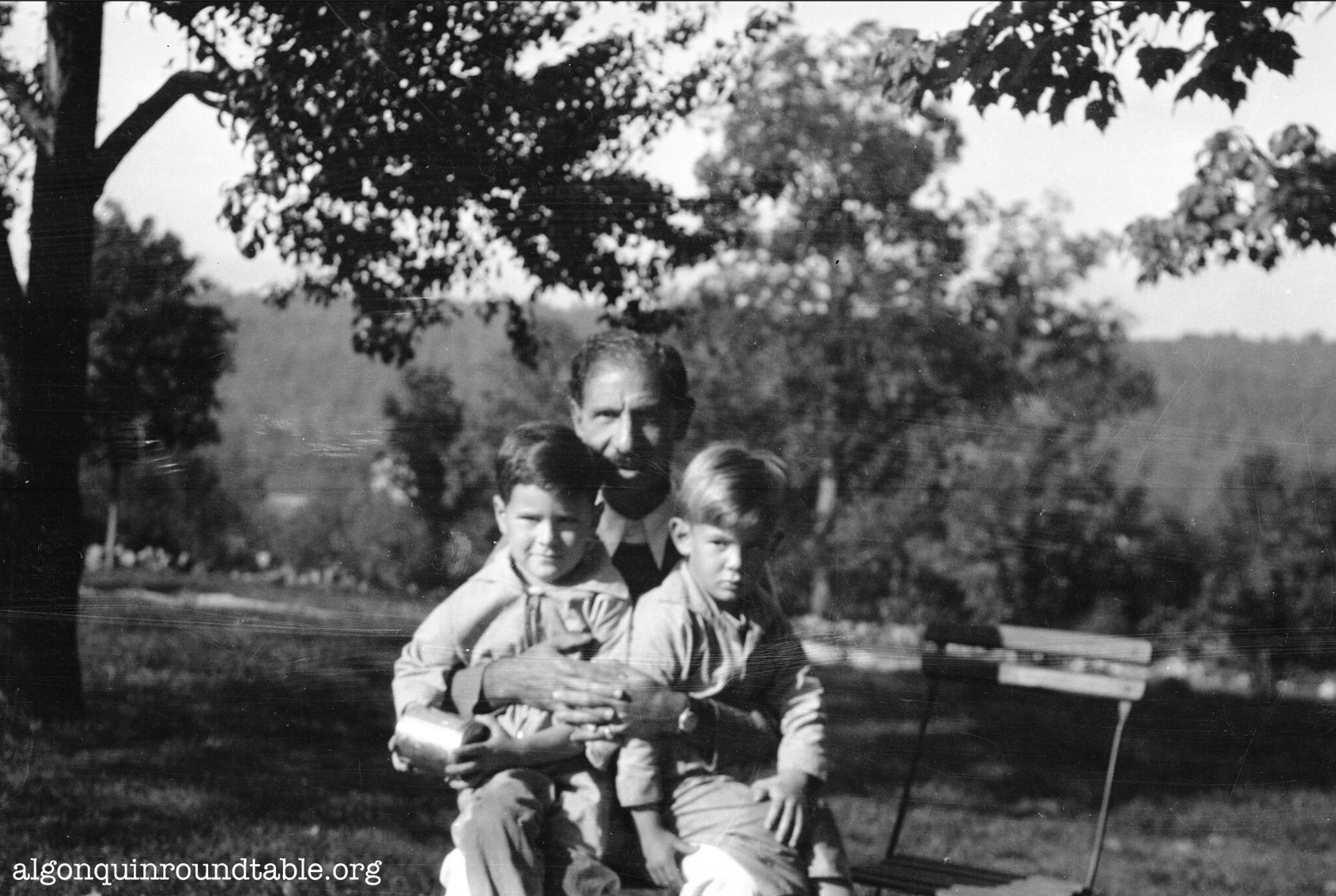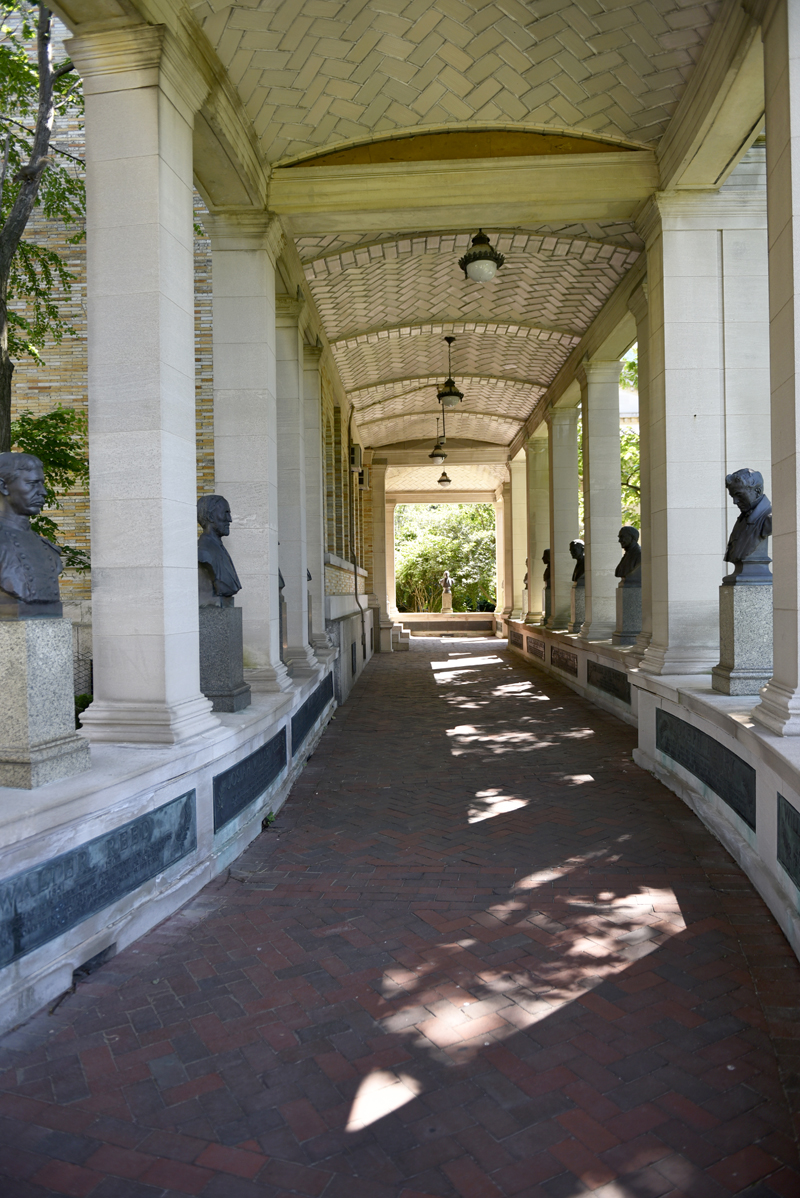
The sinking of the RMS Titanic 103 years ago next month is a milestone never forgotten. The disaster also had a huge impact on the life of Dorothy Parker, who lost her uncle in the tragedy at sea, an event that in some small way contributed to the declining health of her father. Reading the stories about the Titanic and the aftermath in New York City, it’s not hard to picture an 18-year-old Dorothy Rothschild accompanying her father, Henry, to the docks on the West Side of Manhattan as the survivors streamed off the Carpathia, the ship that rescued 700 passengers.
On the night of April 15, 1912, her paternal uncle, Martin Rothschild, 46, and his wife, Elizabeth Jane Barrett Rothschild, 54, were sailing to New York. Martin was the youngest of the five children of Samson and Mary Rothschild, German immigrants who’d settled in Alabama in the 1840s. Like his brother, he was in the garment industry in Lower Manhattan. Martin and Elizabeth lived just nine blocks from Dorothy and her father, at 753 West End Avenue, between West 96th and West 97th streets, on the Upper West Side. The home is gone today, replaced by an apartment building. The couple had no children.
Henry was very close to Martin. In 1899, Dorothy’s mother, Eliza, died at the family beach cottage in Long Branch, New Jersey. This was where Dottie was born in 1893. Henry gave the house to Martin sometime afterwards; Martin owned it until his death.
Martin and Elizabeth were first class passengers. According to the Encyclopedia Titanica, after the ship hit the iceberg, Elizabeth got into Lifeboat No. 6 with 22 others and Martin stayed on the ship:
After the collision steward Frederick Dent Ray saw Mr. Rothschild coming out of his stateroom on C deck. “I spoke to him and asked him where his wife was. He said she had gone off in a boat. I said, ‘This is rather serious.’ He said, ‘I don’t think there’s any occasion for it.’” Then the two men casually walked up to A deck where Ray went to a lifeboat.
It’s not known if Dorothy and her father met Elizabeth with the other survivors when the Carpathia docked on April 18, 1912. Elizabeth was from upstate New York, in the Finger Lakes region, and perhaps her family traveled to New York to meet her. It was on this day that the Rothschilds learned that Martin was dead.
Martin Rothschild died at sea; if his remains were recovered they were among the unidentified. His widow erected a memorial to him in the mausoleum where she is interred at St. Mary’s Cemetery, Watkins Glen, New York.

The death was devastating to Henry and his family. Dorothy lived with him at 350 West 85th Street. Henry wasn’t working and his health was poor. He died the following year, on Dec. 27, 1912.
The Titanic disaster left a huge impact on the world, but on New York City particularly. In the neighborhood where Dorothy Parker grew up, one of the most famous city landmarks, the Straus Memorial, is on West 106th Street and Broadway. She would have passed the fountain many times dedicated to Isidor and Ida Straus, a couple who refused to be separated and perished together. By coincidence, Henry and Eliza Rothschild (and his second wife, Eleanor) are all interred at Woodlawn Cemetery in the Bronx. So are 12 victims of the Titanic disaster, the most of any cemetery in the city.
Dorothy Parker, who only mentioned her family members briefly in her reviews, poems, short fiction and articles, never wrote about the Titanic. She was definitely not adverse to passenger ships, and sailed to Europe several times. On the French Line.
On the April 4 walking tour of the Upper West Side, we will talk about Martin Rothschild and the Titanic disaster.

